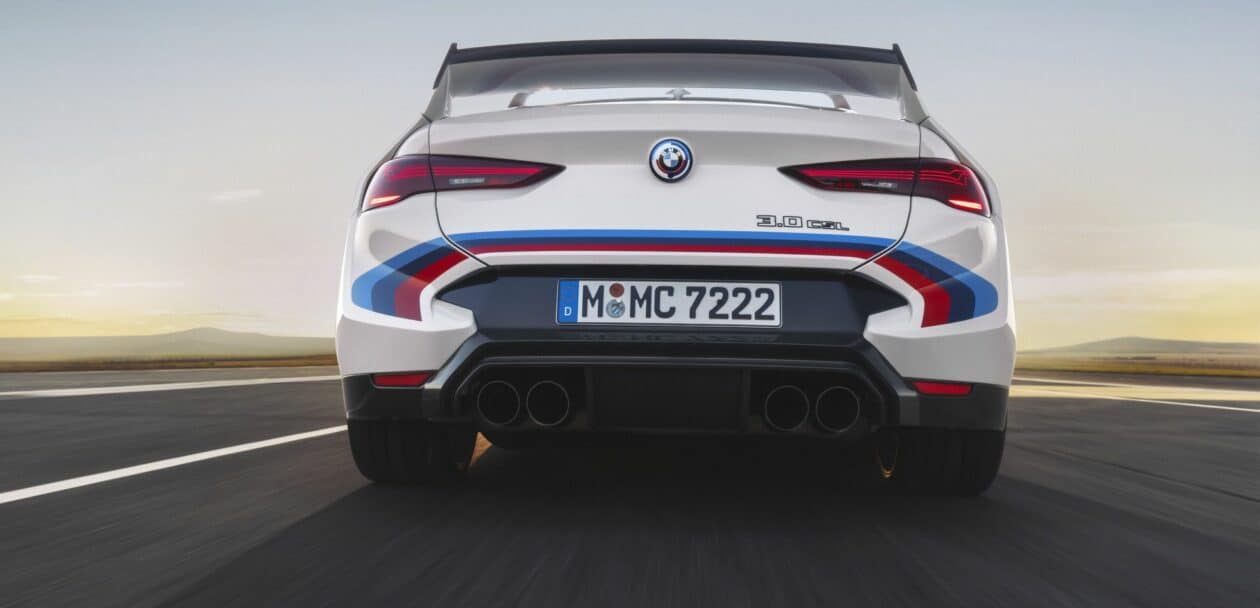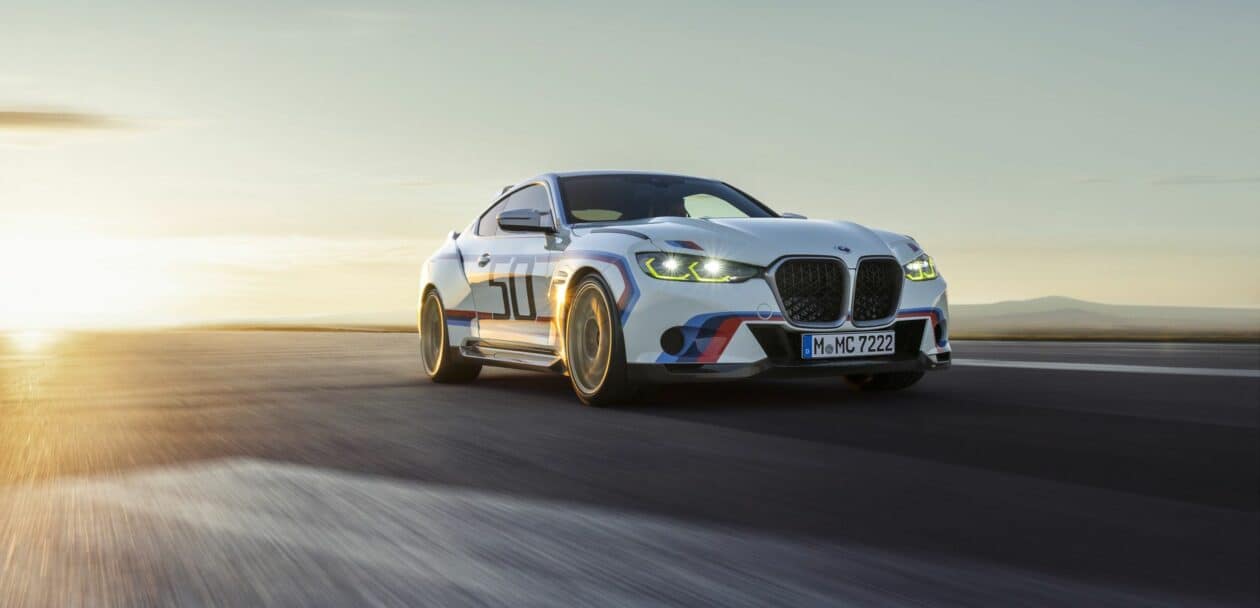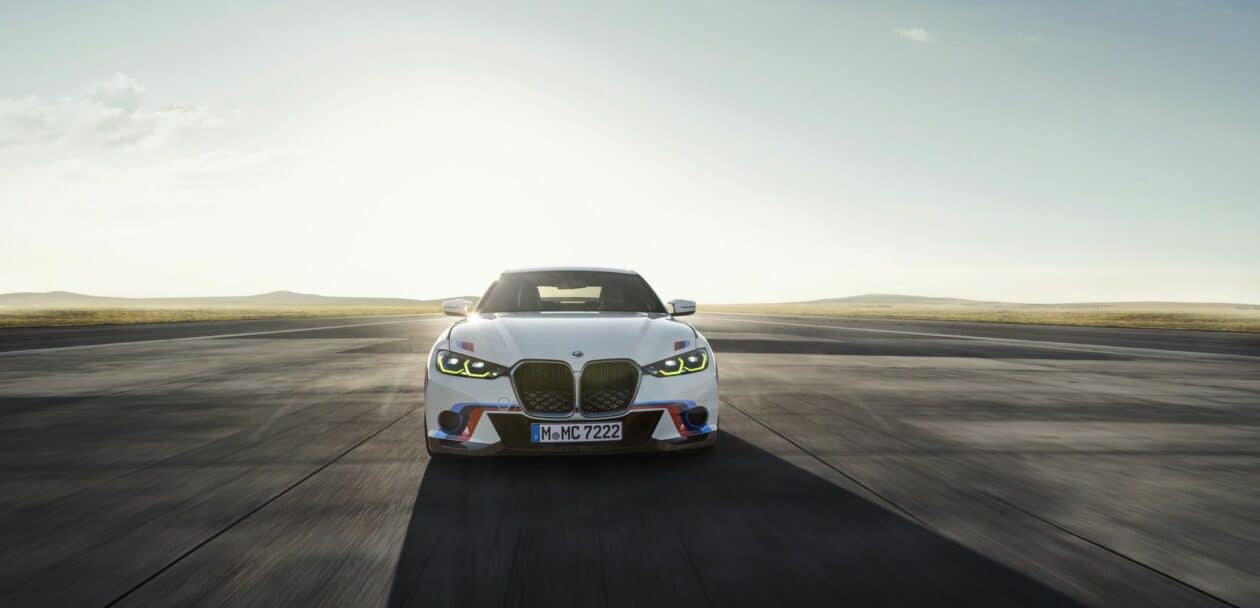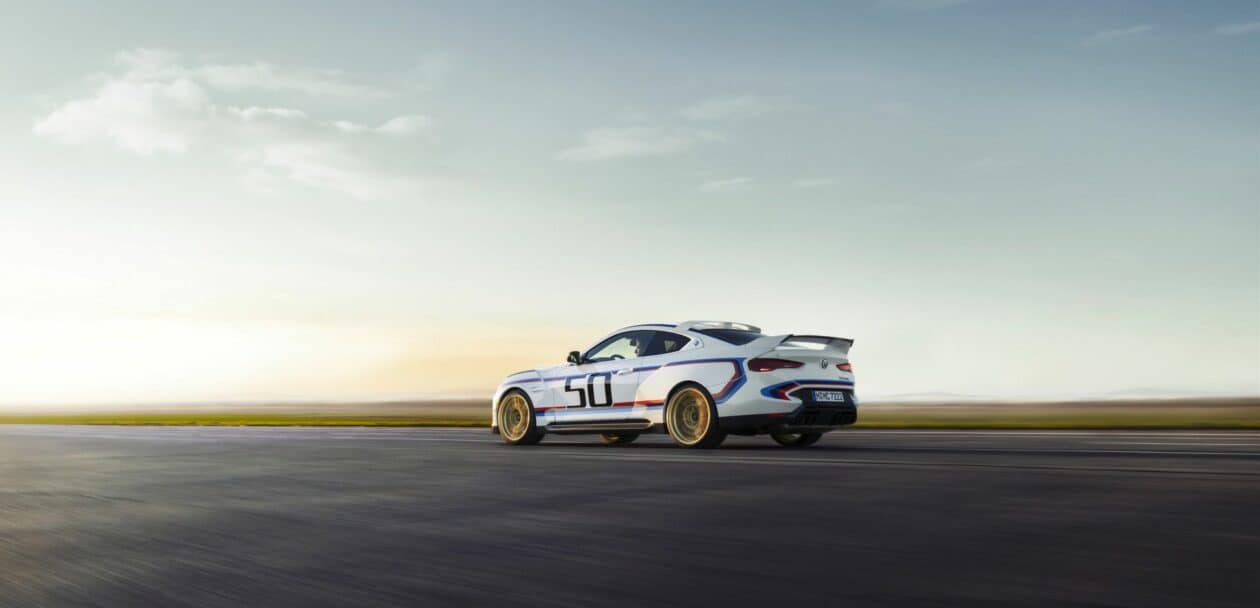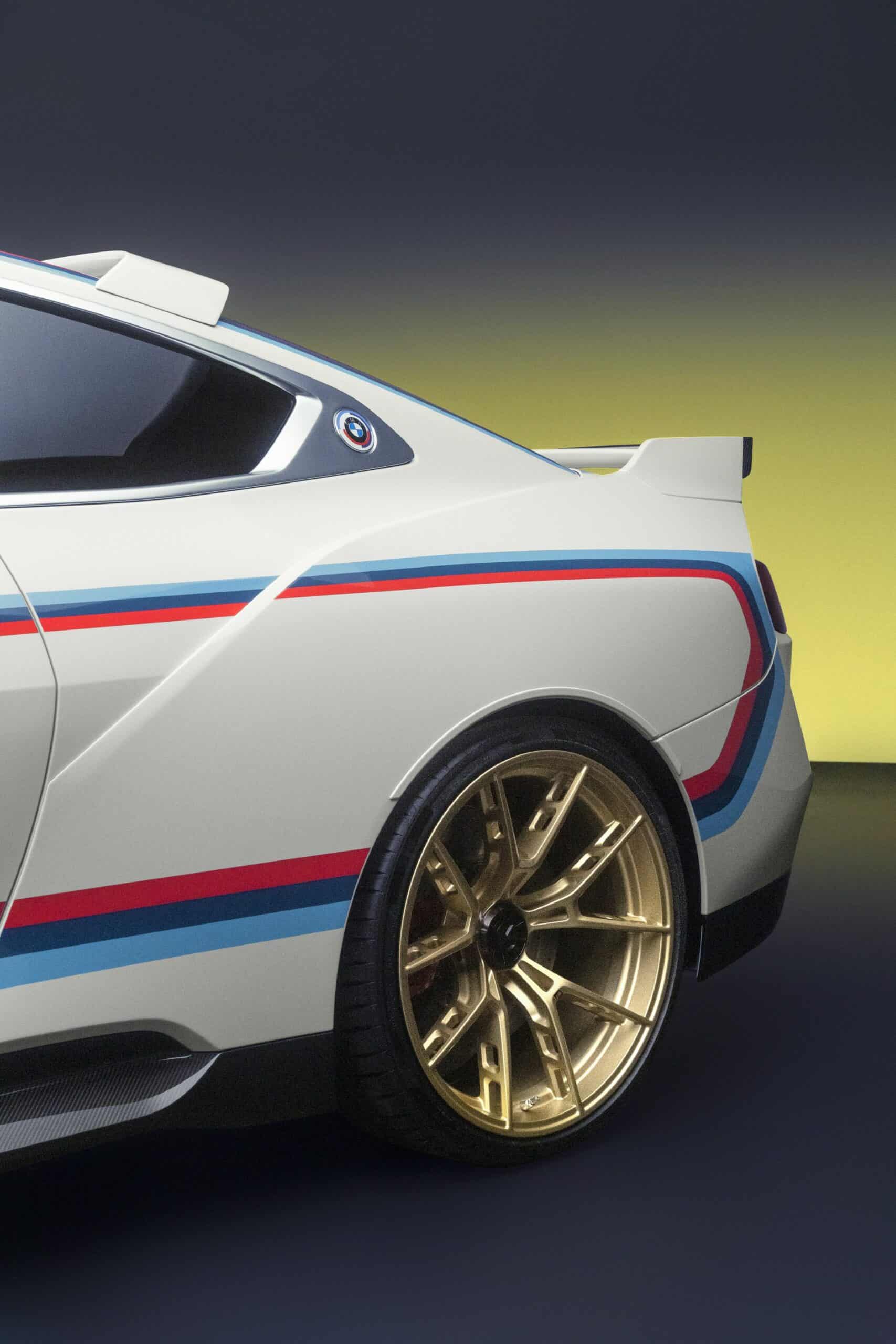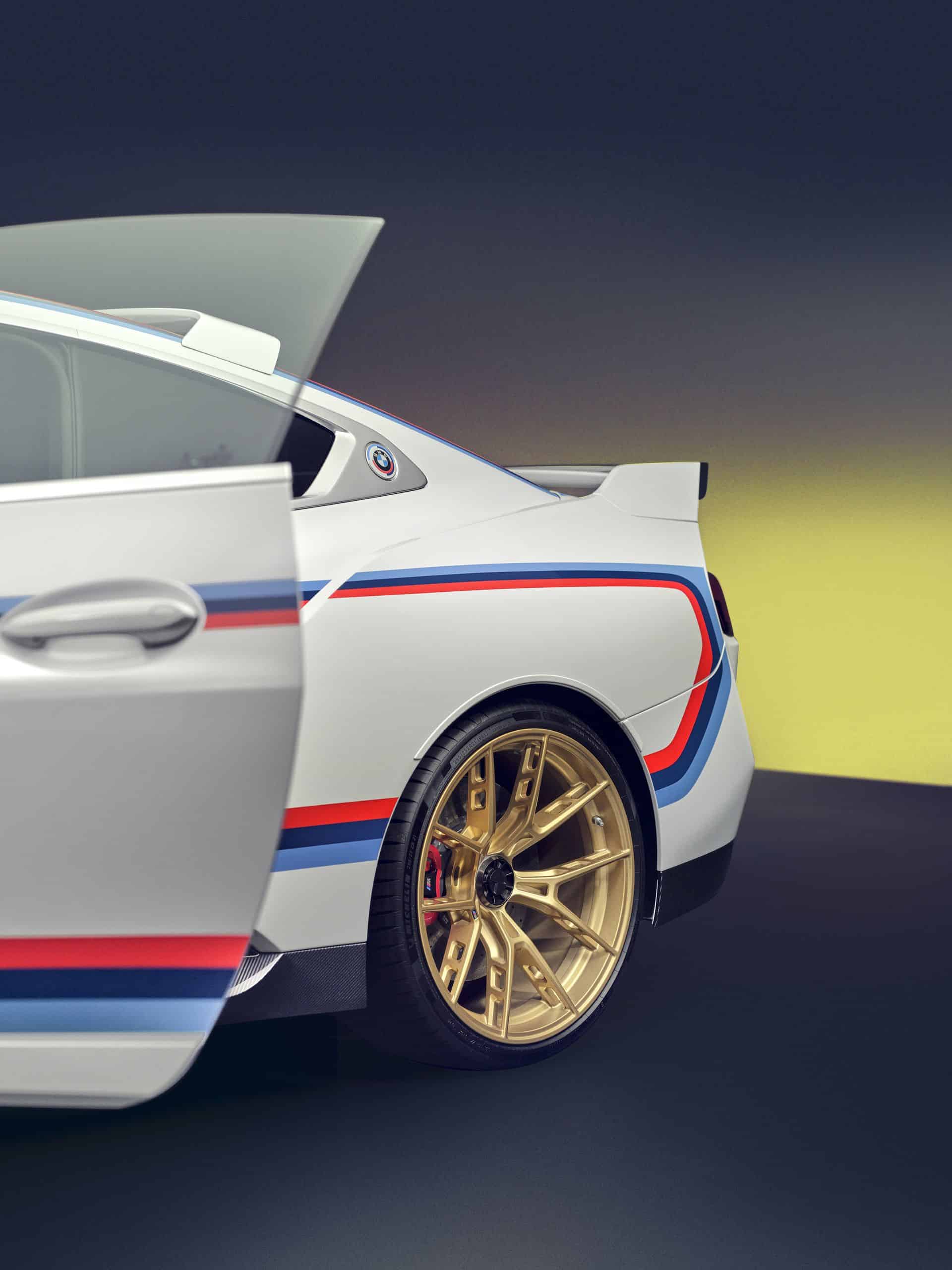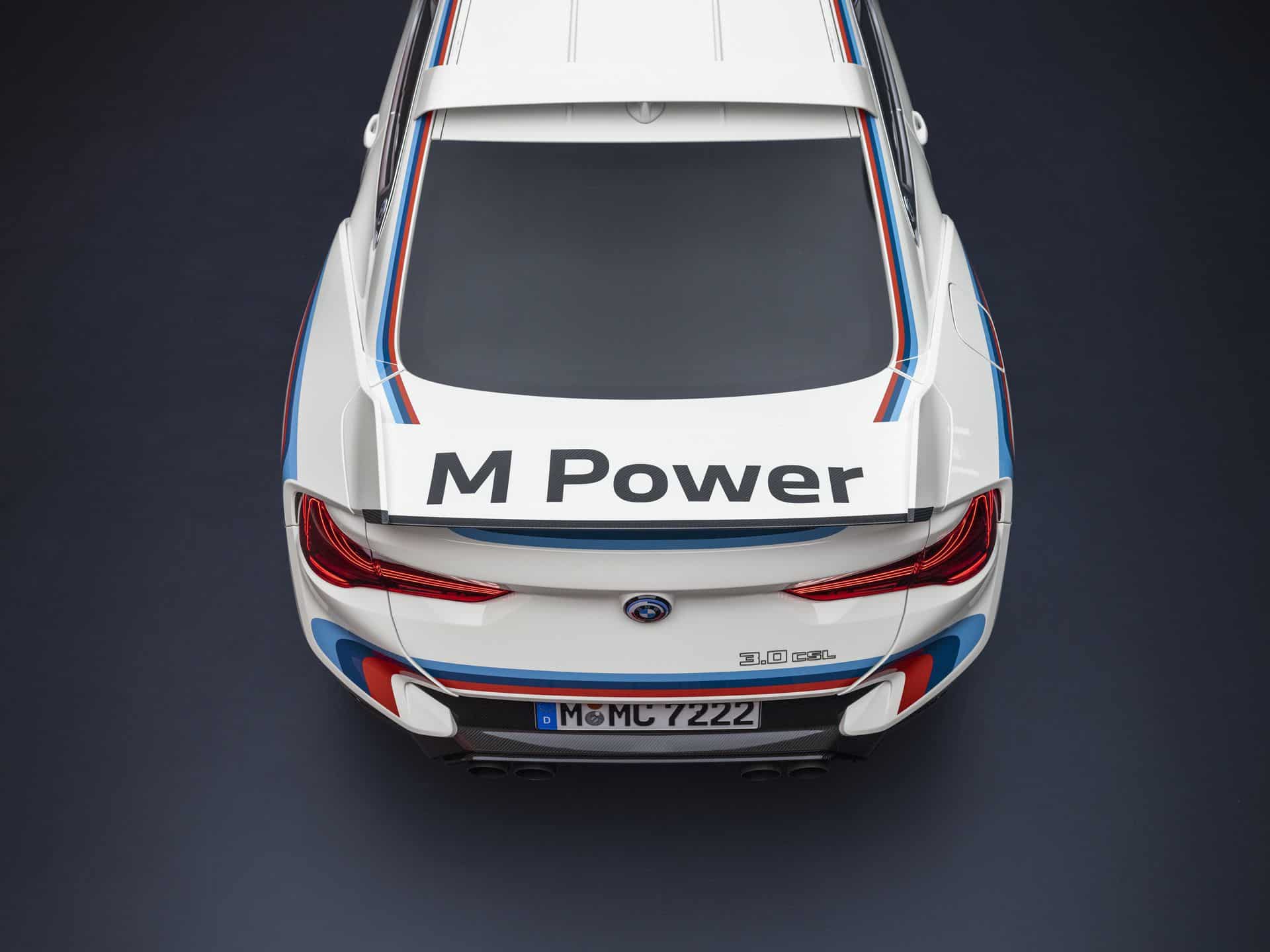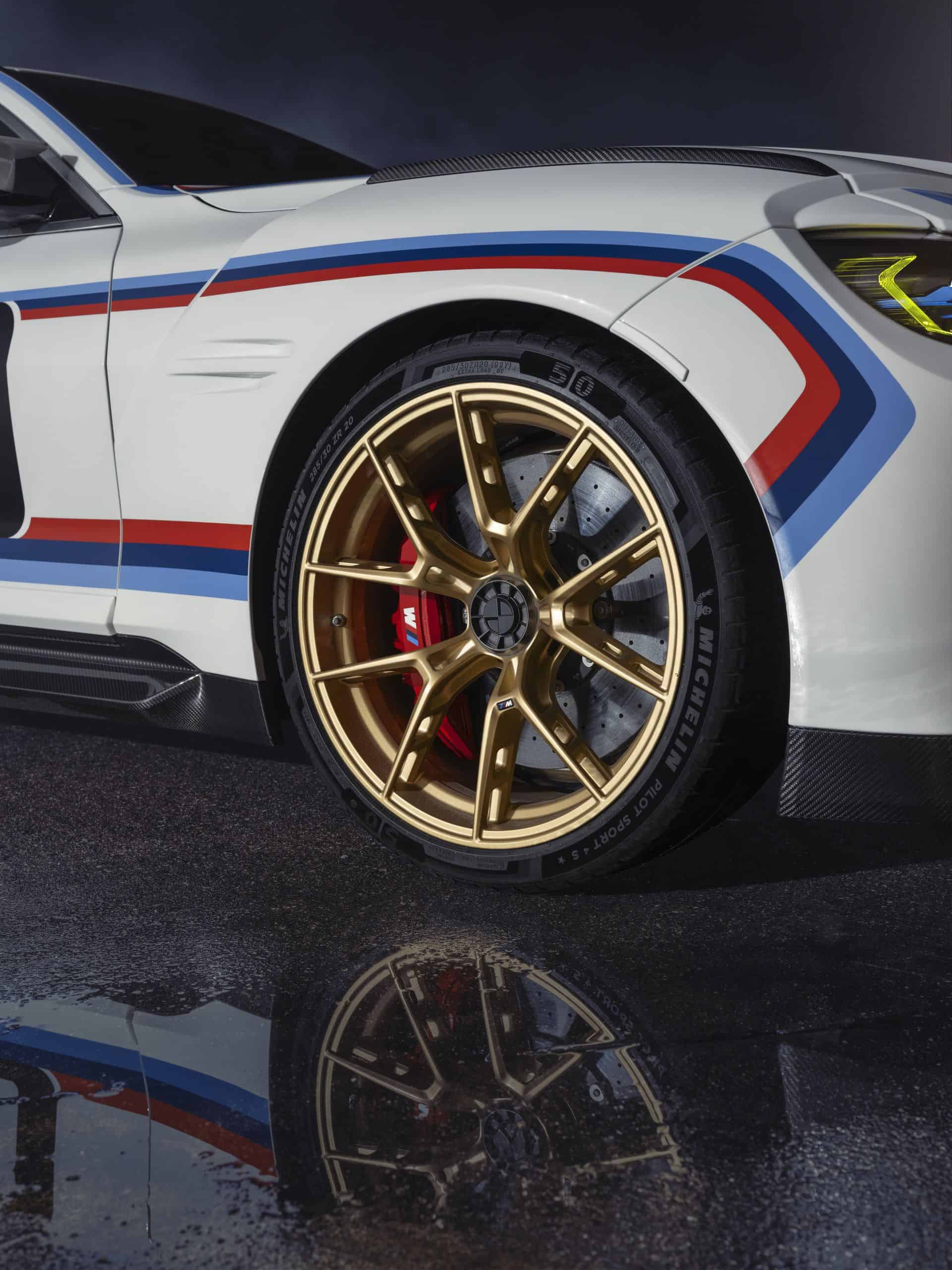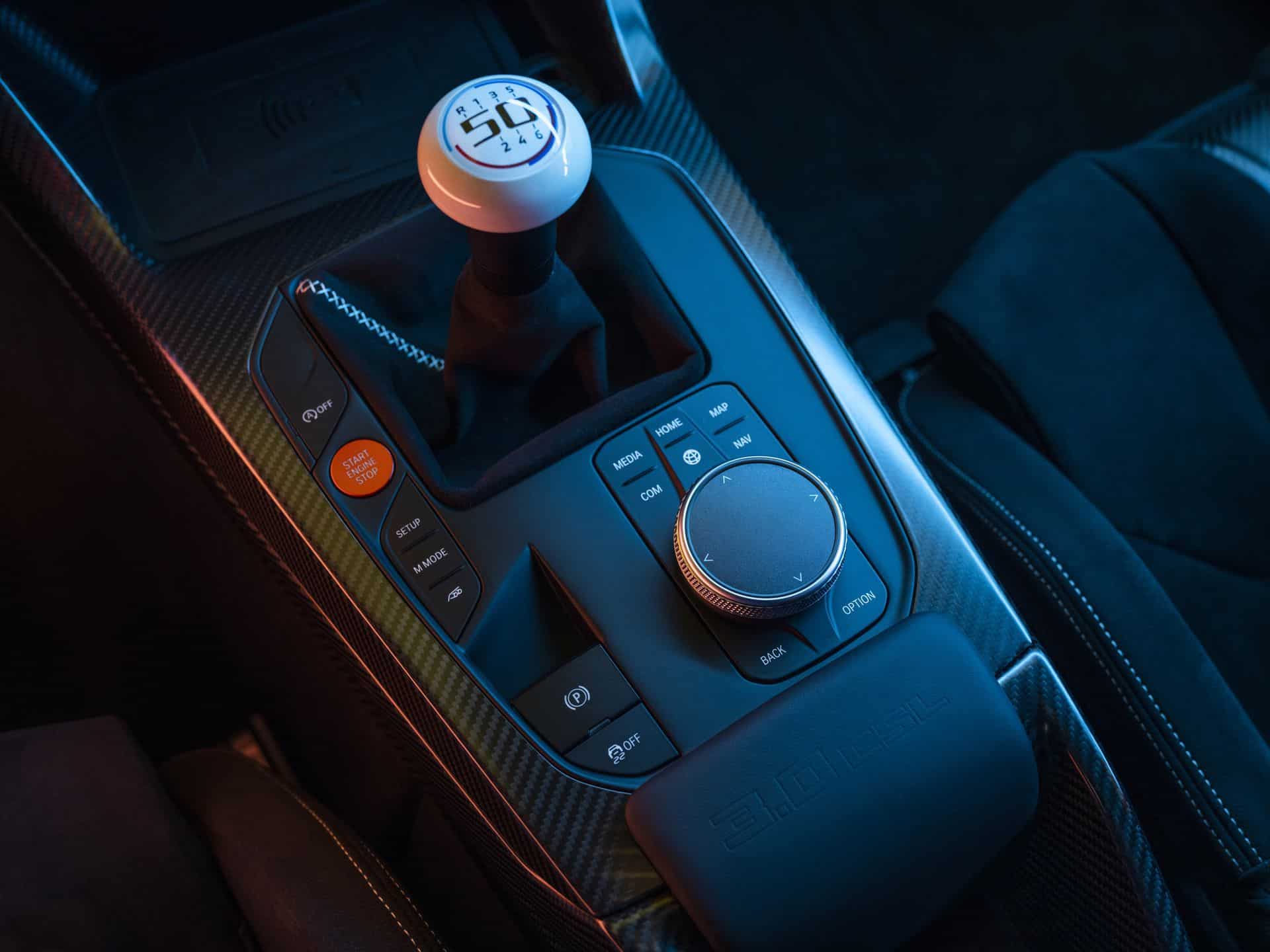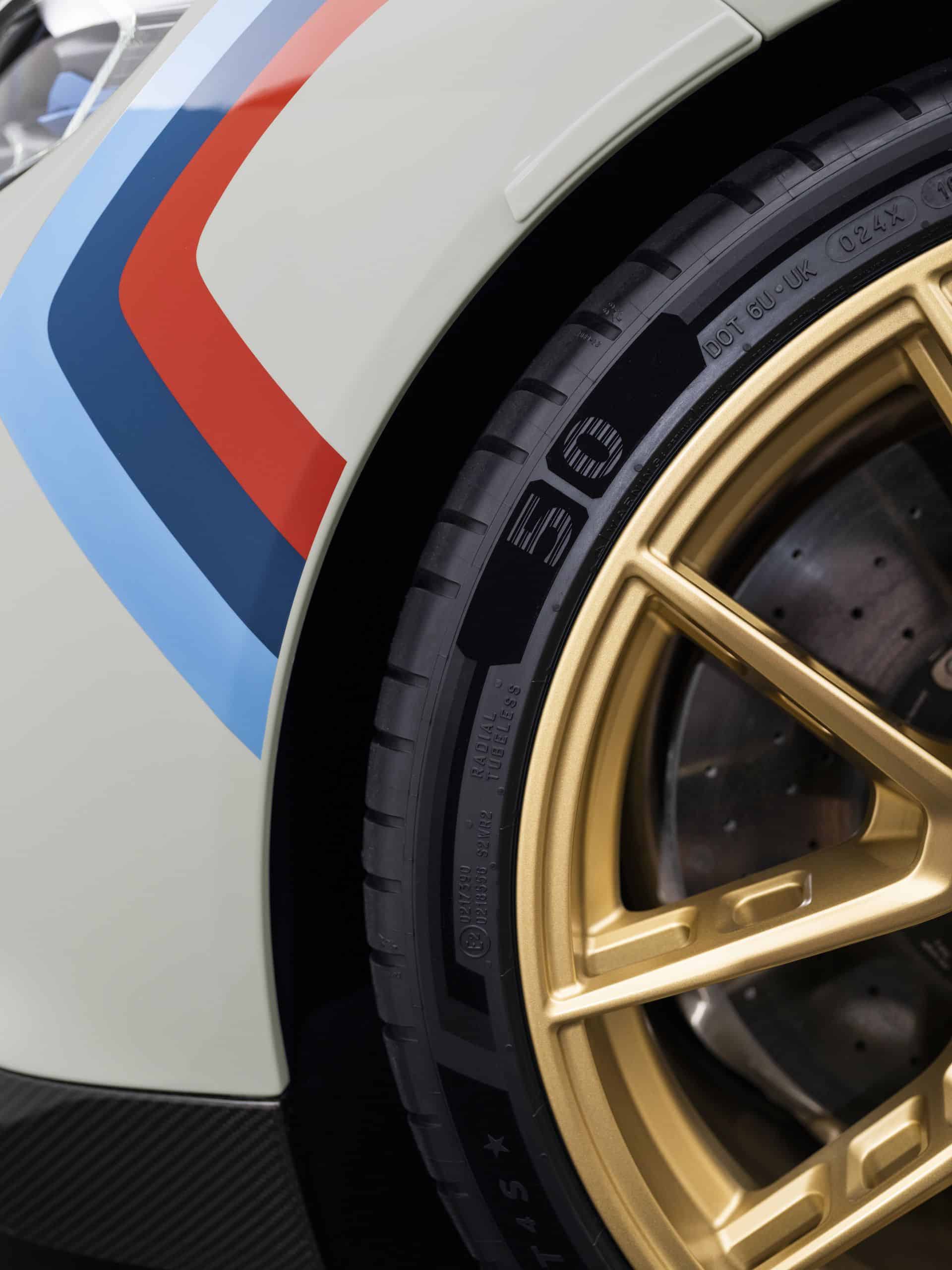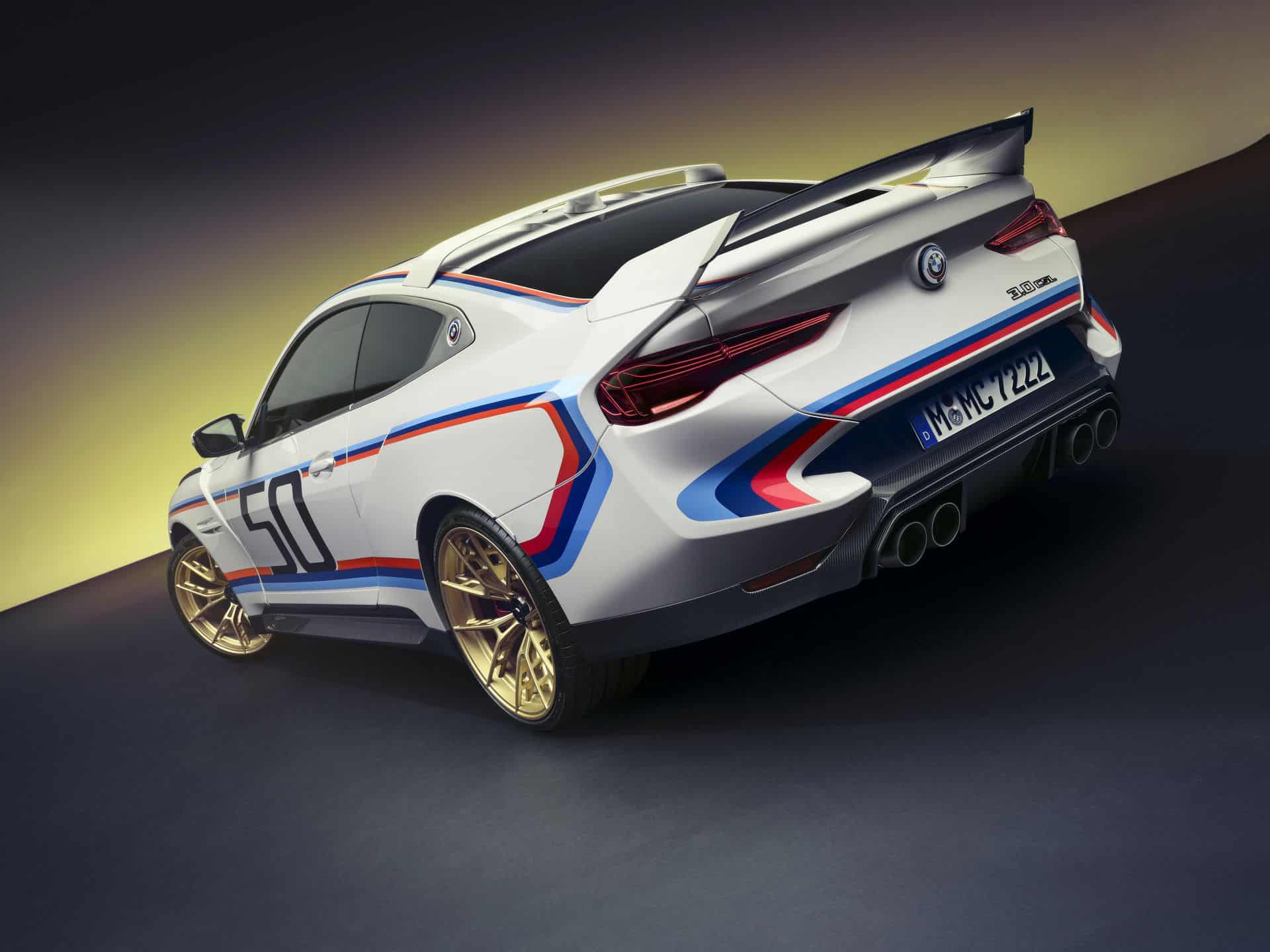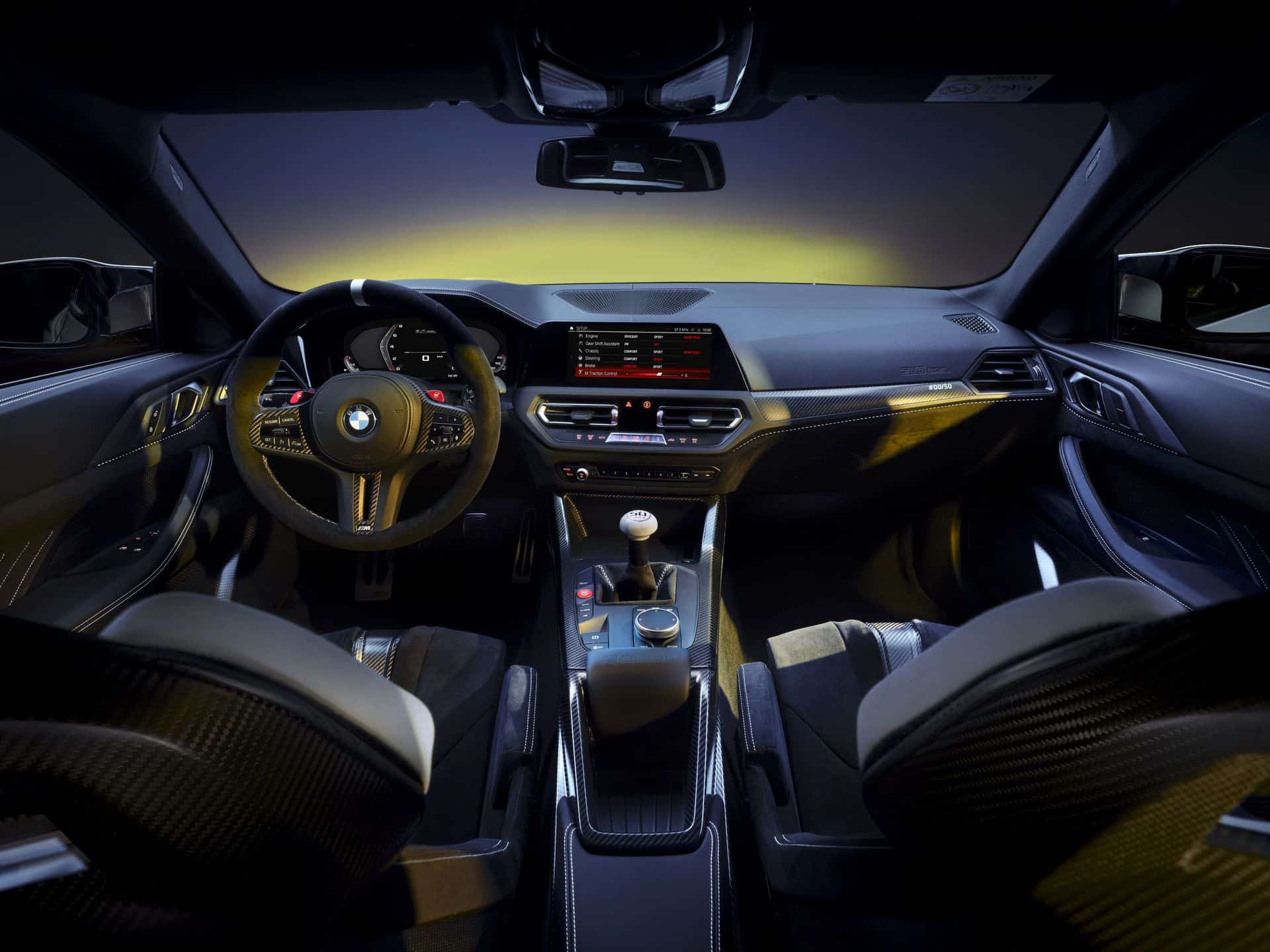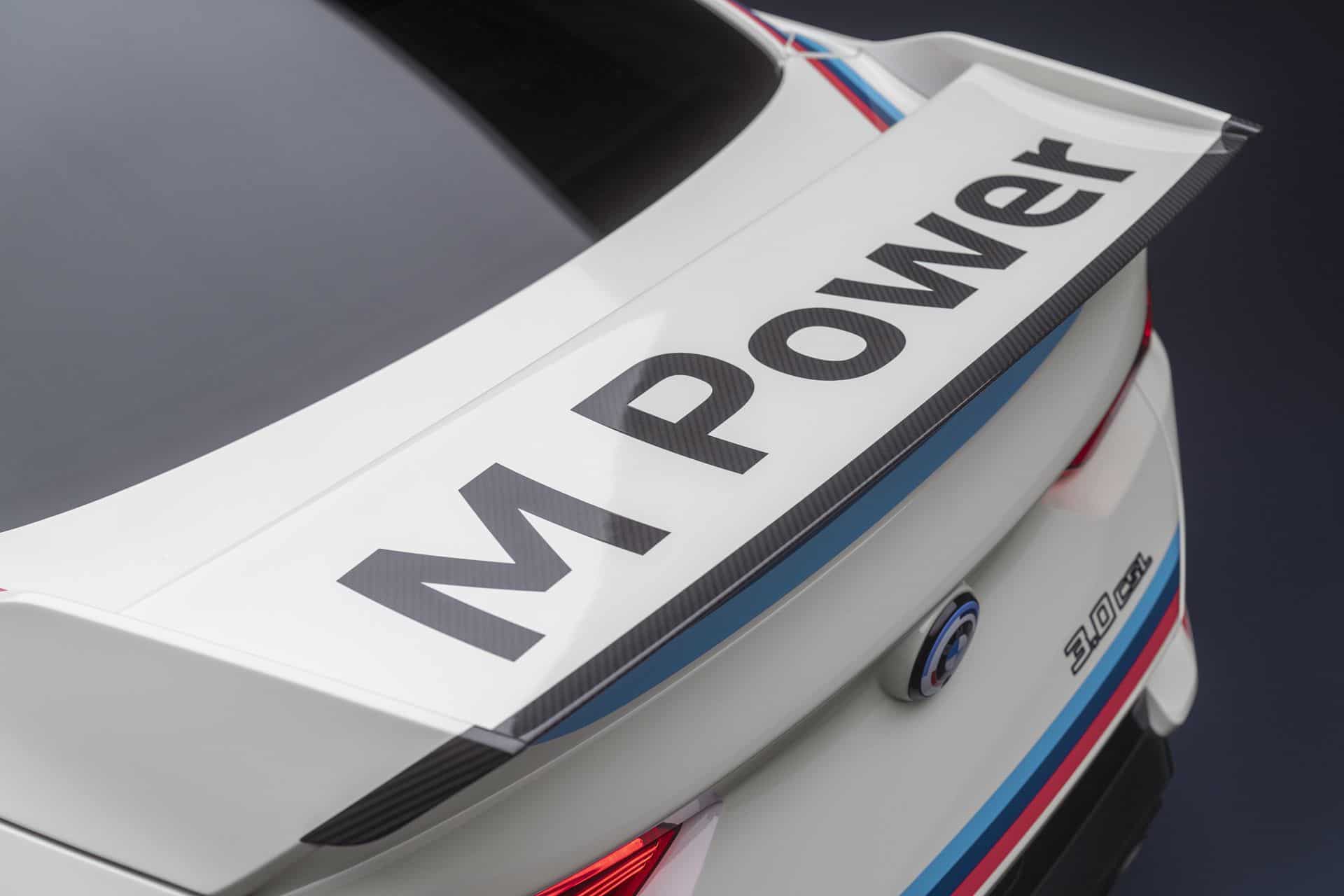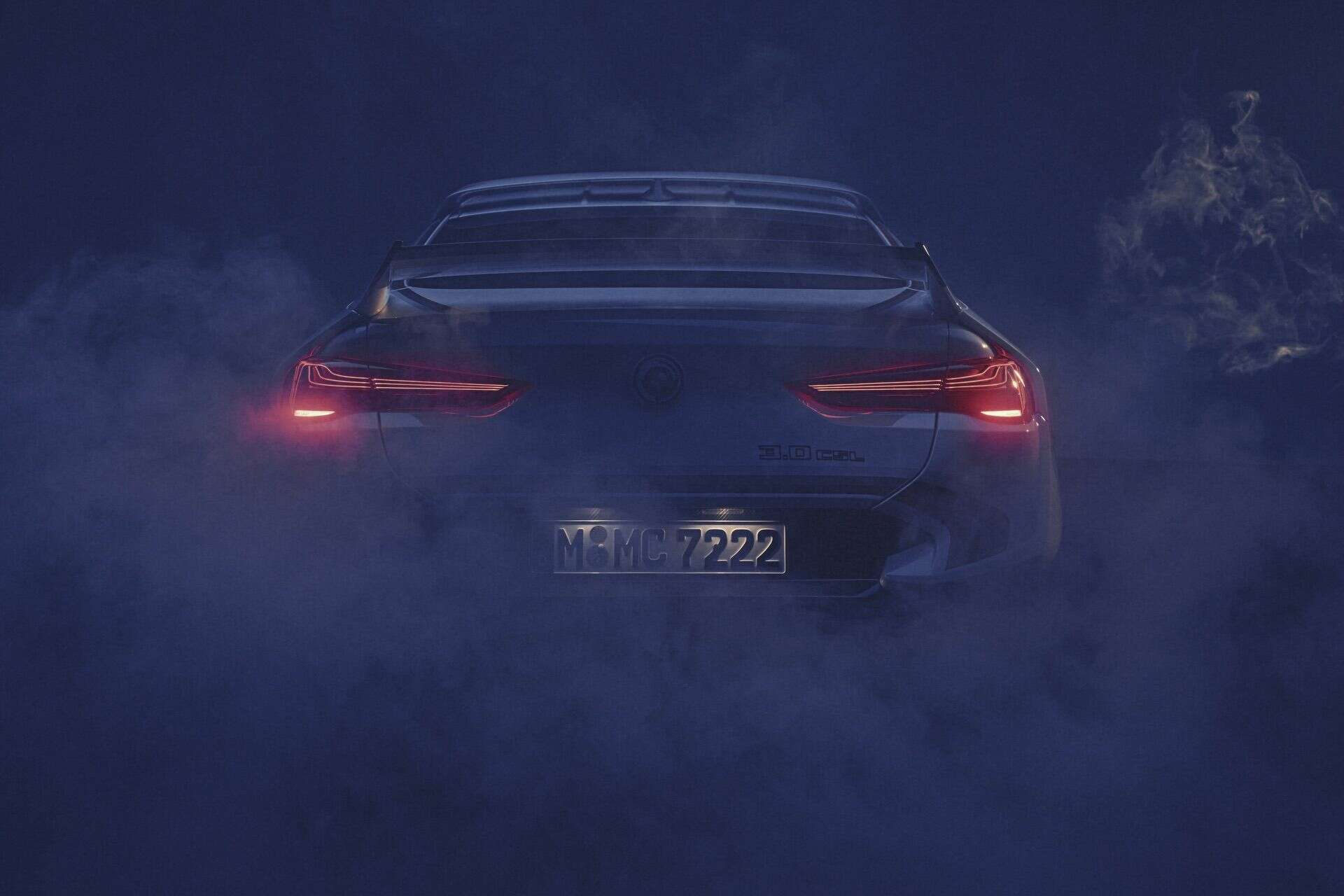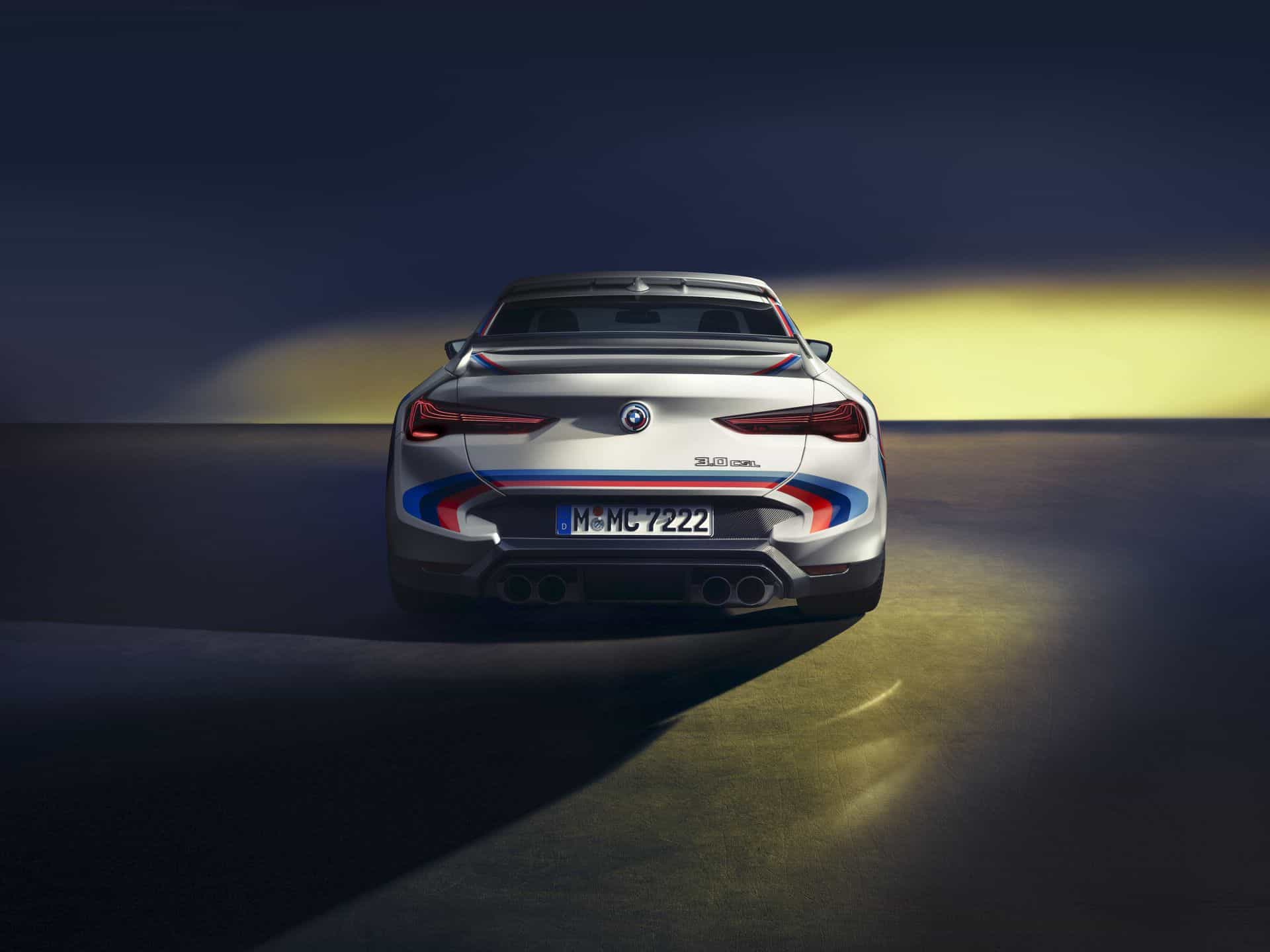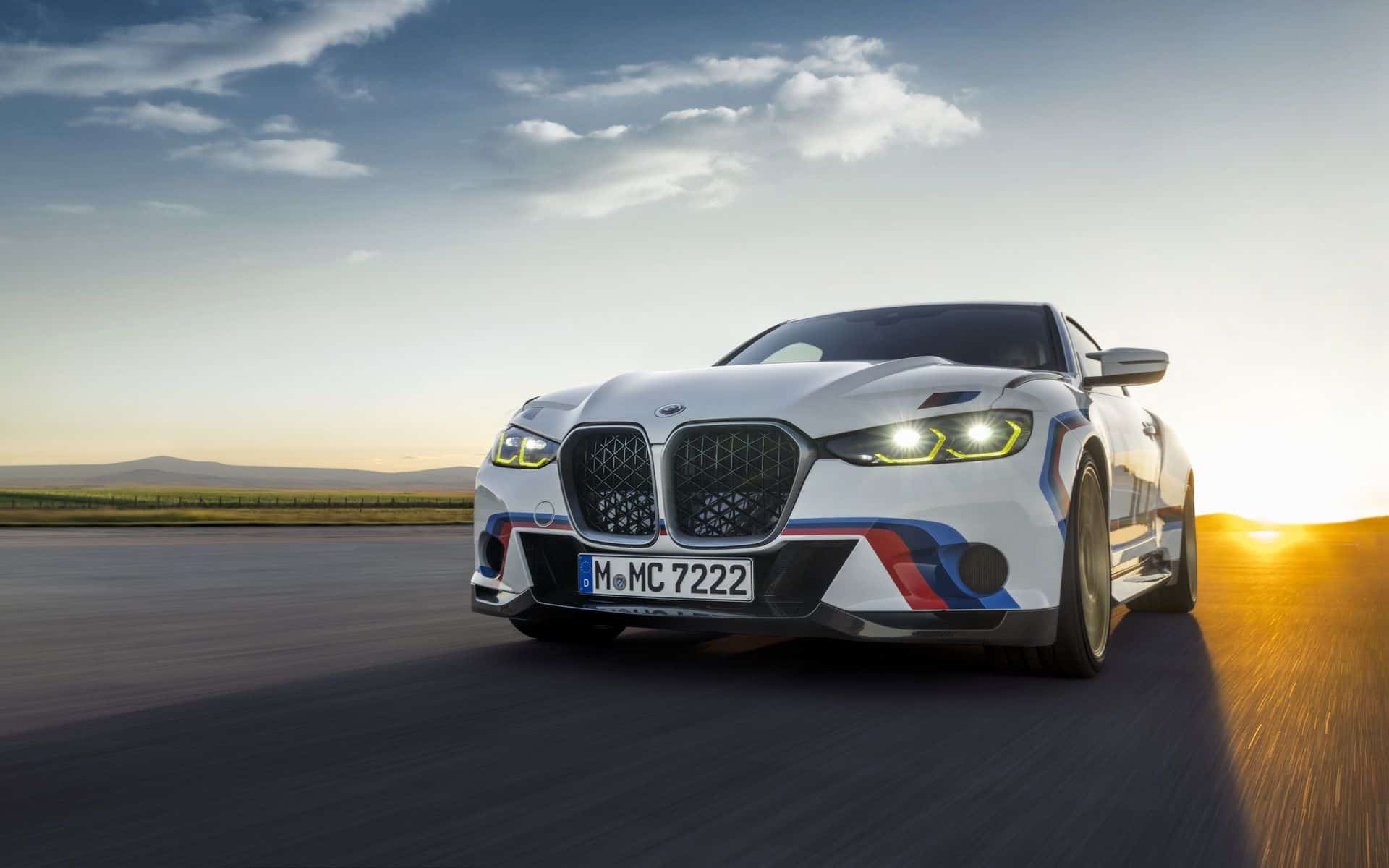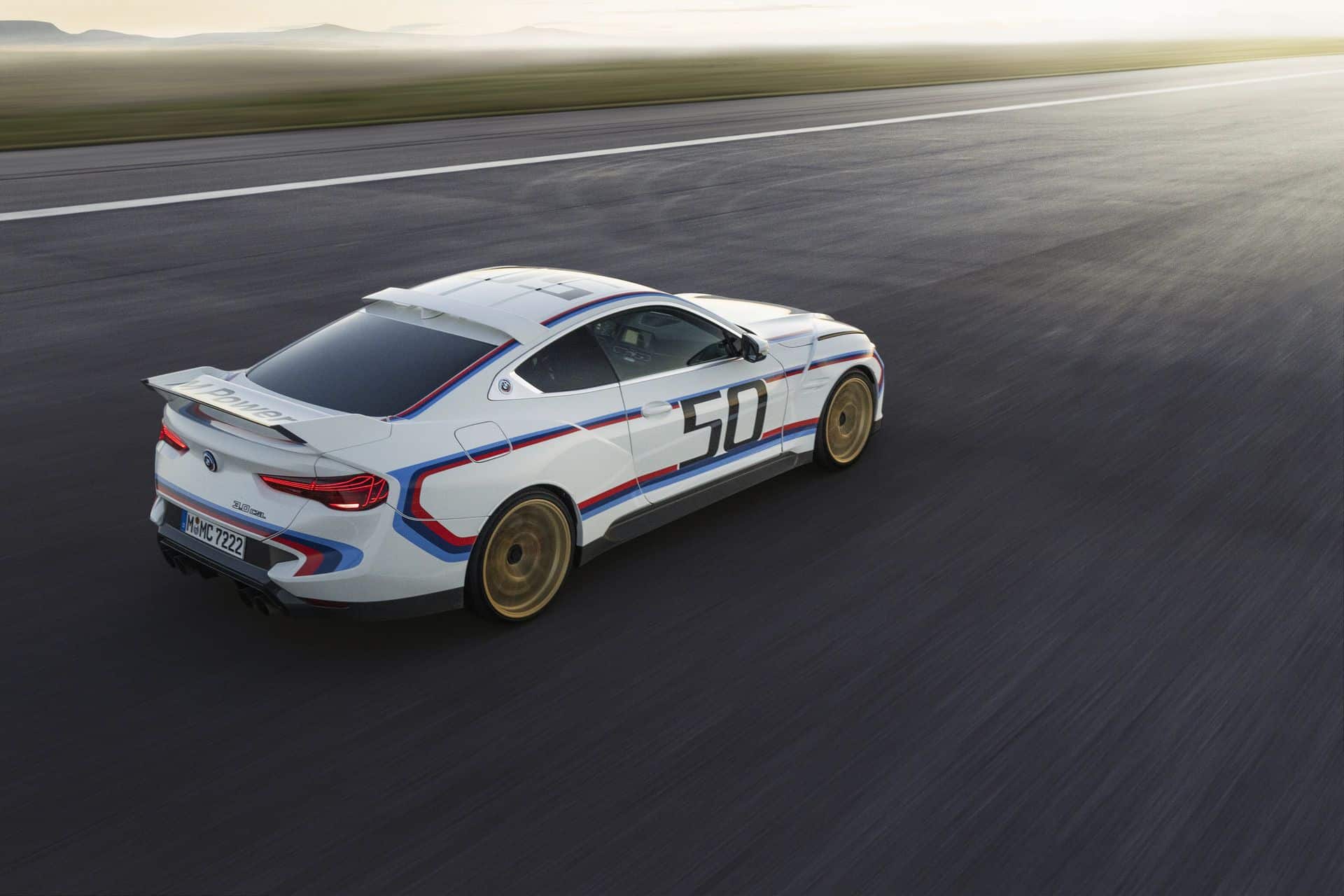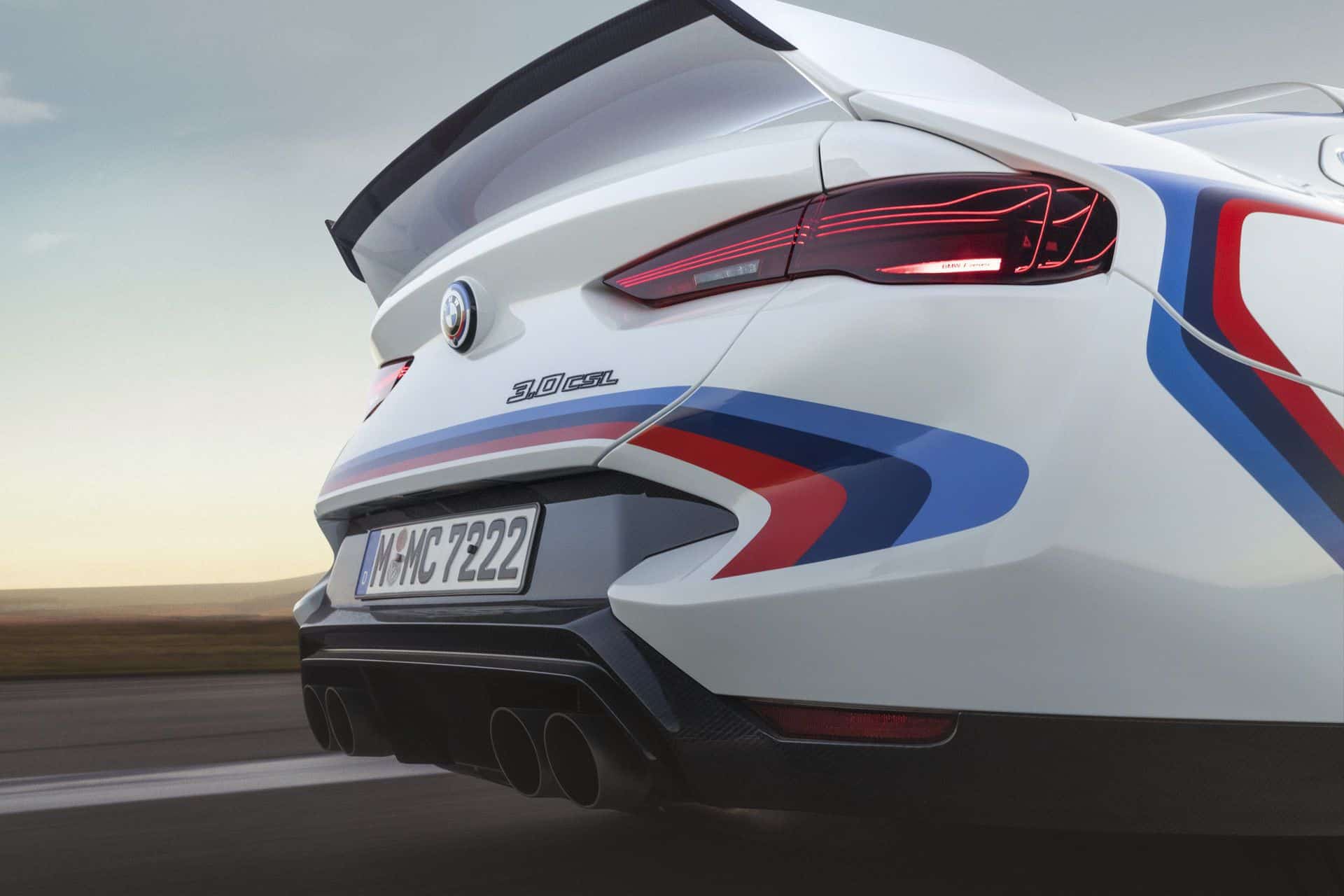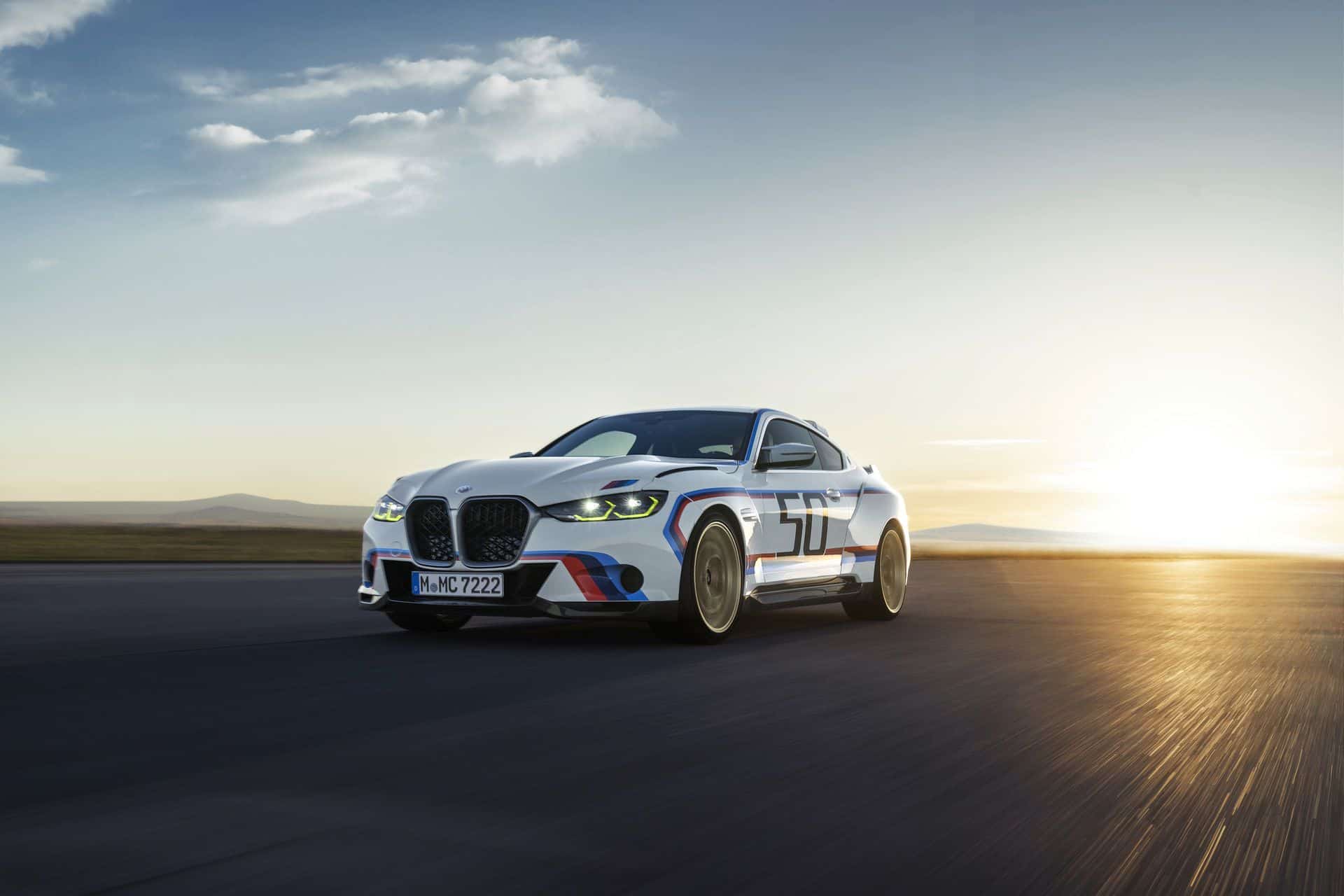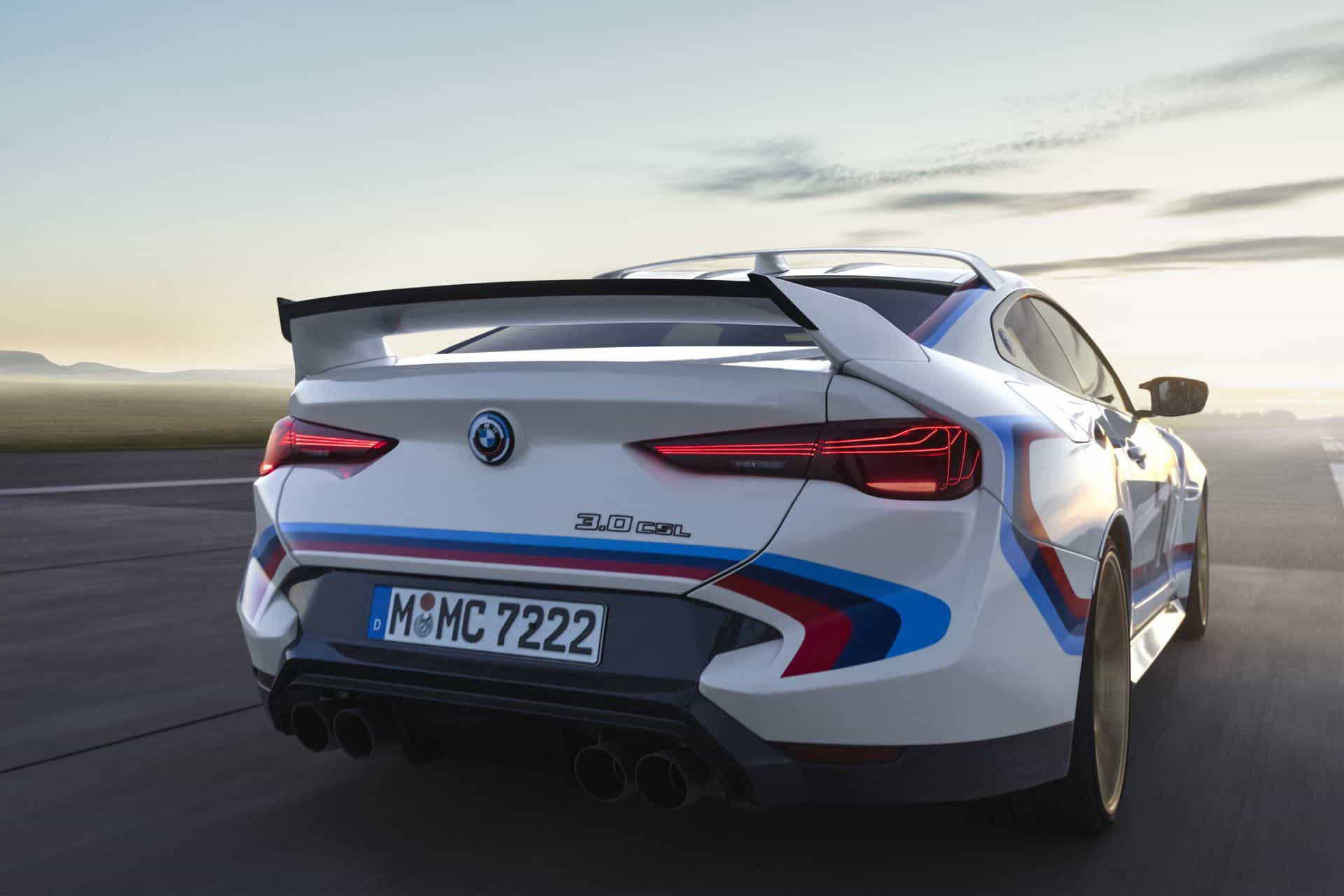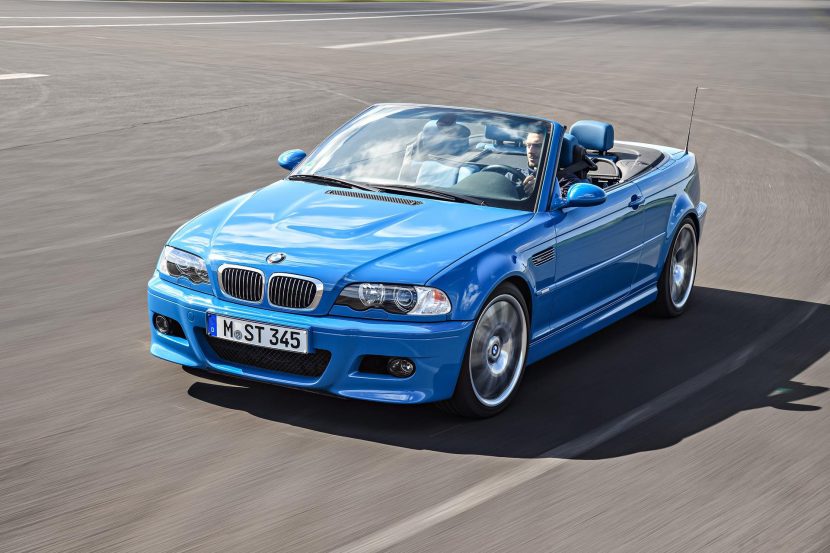BMW M needed something big for its 50th anniversary. It couldn’t just trot out some 50 Jahre editions and head to lunch. No, it needed something jaw-dropping, something to blow the minds of enthusiasts. And what better way to do that than to bring back a beloved icon from the past. And here it is—the BMW 3.0 CSL.
This new BMW 3.0 CSL shares nothing but its name with the 1970s classic. The original 3.0 CSL was a race car, born in German Touring car racing, and was highly successful. When it debuted as a road car, it shared a ton with the actual race car but it was also civilized, comfortable, and achingly pretty. This new car, though, isn’t that. The 2023 BMW 3.0 CSL revival isn’t based off of a race car like the original was.
Handmade 50 Units
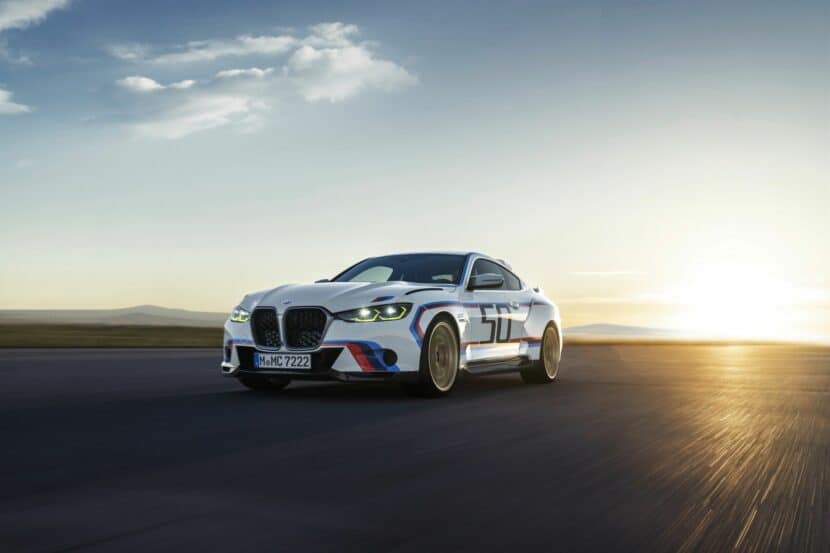
Instead, this new BMW 3.0 CSL revival is a mostly handmade, extremely limited, driver’s car version of a BMW M4. Only 50 of these new CSLs will ever be made, all of them taking about three months total to make. And while it’s built on the BMW M4, it’s a very different car once it hits the road.
The body of the 3.0 CSL is almost entirely made from carbon fiber. Almost every single body panel is made from CFRP (Carbon Fiber Reinforced Plastic) and goes through a meticulous painting process by hand, which takes around six days. The paint process has eight steps, including sanding and different coats, and a specialized assembly line was built just for the construction and finishing of the CSL’s carbon body panels. The aero bits, such as the rear wing, are made from fiberglass.
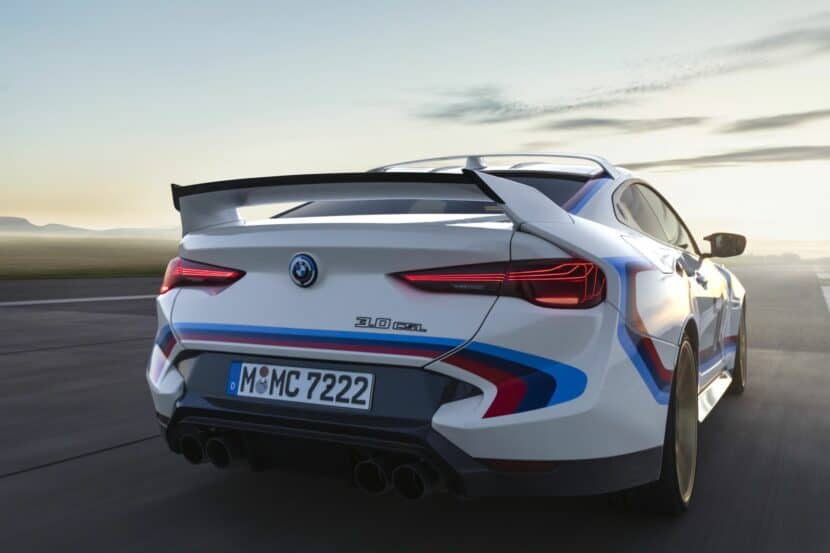
What’s the benefit of that weight savings? A total curb weight of 1,624 kg (3,580 lbs). Which, shockingly, isn’t too much lighter than an M4 CSL, despite having an entirely carbon fiber body.
One Color – Alpine White
All 3.0 CSLs will be painted in Alpine White with the BMW M stripe livery, to honor the original 3.0 CSL’s racing livery. The big fixed rear wing is also a tribute to the original car. Speaking of tributes, it’s clear that the BMW 3.0 CSL’s design was heavily inspired by the 3.0 CSL Hommage concept car from a few years back. Its lovely looking kidney grille sits a bit upright, again to honor the original, its hips are wide, and it sits quite low. It’s the best looking thing BMW M has made in a long time and it’s not even close.

Inside, the BMW 3.0 CSL gets the same hardcore racing bucket seats that are available on the M4 CSL, carbon fiber door panels, more carbon fiber trim, and almost no sound deadening to speak of. So it’s going to be loud inside. The back seats were also replaced with a spot to store helmets, just like the M4 CSL.
560 HP, RWD and 6-Speed Manual
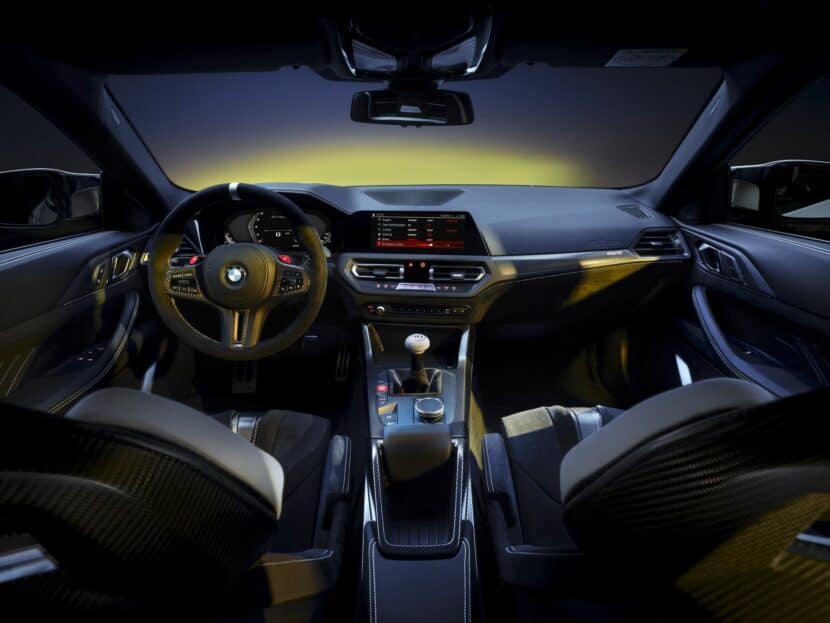
Under the hood of the BMW 3.0 CSL is a slightly tuned version of the M4 CSL’s 3.0-liter twin-turbocharged inline-six. For 3.0 CSL-duty, it makes 560 horsepower, which isn’t up too much from the M4 CSL but is enough to make it the most powerful six-cylinder BMW in history. The engine develops a maximum torque of 550 Nm at 7,200 rpm. With its 560 horsepower and relatively low (by modern standards) curb weight, it has a kilogram-to-horsepower ratio of just 2.9, versus the 6.2 of the original car. BMW didn’t release power figures just yet but it’s likely going to be quick.
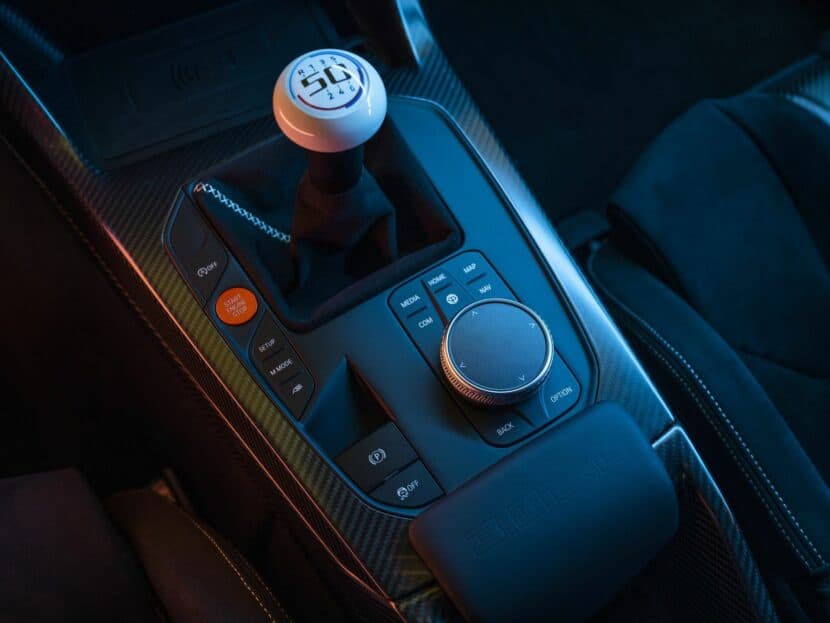
However, don’t expect it to be a drag race-monster, dominating cars off the line. Rather than a rapid-shifting dual-clutch gearbox or even the M4 CSL’s eight-speed automatic, the BMW 3.0 CSL has a six-speed manual transmission. It’s slower than a good automatic but it’s more engaging. The manual’s gear knob, interestingly, is white with the manufacturer number on it.
It also gets re-tuned M Adaptive dampers, revised steering, and tweaked chassis mounts for better feel and feedback through the controls.
With only 50 models ever being made, it’s unlikely you or I will ever see one in person. However, it’s cool to know it exists and that BMW was willing to build it. On paper, its specs aren’t anything to shout about—it’s only a bit lighter than an M4 Coupe and only a bit more powerful than the CSL—but its carbon fiber body and six-speed manual make it special. Can it live up to the ancestral name? We’ll just have to wait and see.
BMW has not confirmed yet the price tag, but we’ve talked about it before based on info from sources: 750,000 euros. Most units are destined for Europe, but a couple might end up in garages in North America as collector’s pieces since they are not homologated for this market.








